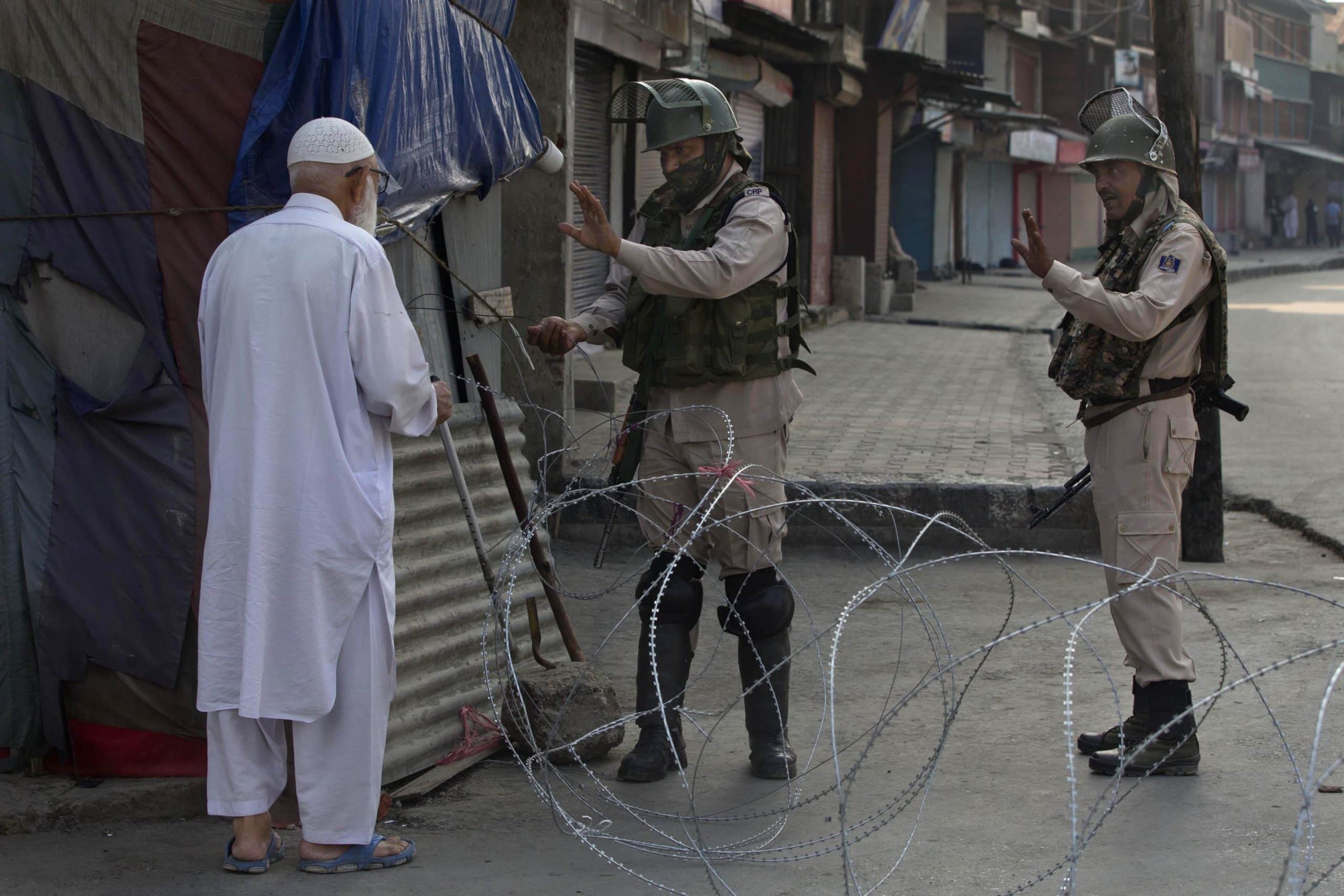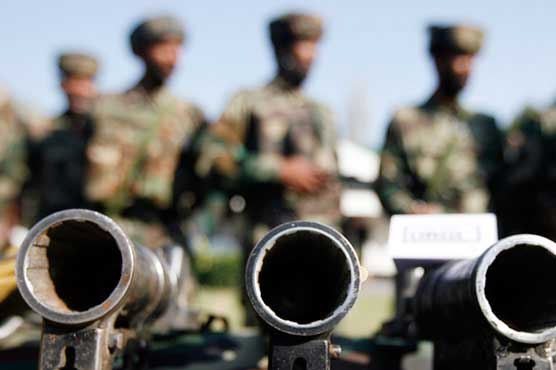Aggregator
Meet the French art collectors enabling the Gaza genocide
Lobby group brings military experts on tour of destruction.
Day 348: Palestine Action and Lebanon
We talked about direct action in the UK and Israel’s latest attack against Lebanon.
A conversation between life and death in Gaza
Dutton suggests apology for calling Lebanese-Muslim migration a ‘mistake’ made to ‘senior person’ in community
Opposition leader claims he apologised for 2016 comments despite Muslim leaders reportedly saying they have no recollection of an apology
- Follow our Australia news live blog for latest updates
- Get our breaking news email, free app or daily news podcast
Peter Dutton has suggested his claim he apologised for remarks about “Lebanese-Muslim” migration being a “mistake” was based on a conversation with just one “senior person” in the community.
The opposition leader has come under renewed scrutiny for his 2016 comments due to reports in the Sydney Morning Herald noting that, despite having claimed in 2023 to have apologised, community leaders cannot recall him having done so.
Sign up for Guardian Australia’s breaking news email
Continue reading...The Graveyard Of Normalcy – New Report Uncovers Egregious Human Rights Violations In Indian-occupied Kashmir
India’s narrative of peace in Kashmir is as hollow as it is dangerous. This façade of calm, presented as a triumph of governance, crumbles under the weight of reality: systematic human rights abuses, the repression of religious freedoms, and the crushing of Kashmiris, quite literally and not merely as a metaphor, under the tires of military vehicles. The recently released report by the human rights organization, Justice for All, called “Peace of a Graveyard,” shatters the illusion of normalcy that India perpetuates in Kashmir, exposing the silenced suffering of its people.
A Facade of PeaceIn his historical account The Agricola, Tacitus quotes the words of Calgacus, a leader who stood against the Roman Empire’s expansion. His searing critique of imperial power—“they make a desert and call it peace”—reveals the truth about so-called “peace” achieved through conquest and devastation. This sentiment resonates strongly with the findings in the “Peace of a Graveyard” report, which exposes India’s portrayal of normalcy in Kashmir as a mask for the ongoing devastation of a people and their land. Like the Romans, who plundered and destroyed under the guise of empire, India’s occupation of Kashmir—marked by military violence, religious suppression, and demographic manipulation—seeks to create a peace built on silence and oppression. The desert that Calgacus describes has been reproduced in Kashmir today.
Religious SuppressionThe report paints a chilling picture of a region in the grip of unprecedented military occupation and socio-religious repression. It highlights religious freedom violations that cut at the heart of Kashmiri Muslim identity. From the unlawful detention of clerics like Sarjan Barkati to the arbitrary house arrests of Mirwaiz Dr. Umar Farooq, India’s actions are part of a broader strategy to quash Muslim religious life in the valley. Mosques, once vibrant centers of community, are routinely shut down during the most sacred of Islamic events—Ramadan, Eid, and Shab-e-Meraj. This year alone, congregational prayers were banned in Srinagar’s Jamia Masjid, the spiritual heart of Kashmir. The Indian government’s selective allowance of Hindu festivals in the region while curbing Muslim worship is nothing short of institutionalized Islamophobia.

An elderly Kashmiri man is prevented from passing by Indian paramilitary forces [PC: AP Photos]
How can India claim normalcy when religious rights, a fundamental human freedom, are denied to millions? The people of Kashmir, who have long used their religious spaces for solace, protest, and spiritual renewal, now face barriers at every turn. The message from the Indian state is clear: your faith is a threat. Kashmir, which often gets reduced to a land dispute between India and Pakistan, is more than that, it is a multi-faceted assault on Kashmiris, and all they hold dear to themselves – their land, faith, identity, and their loved ones. “Accidental” ErasureMilitary repression extends far beyond religious suppression. The report documents the brutal reality of military vehicles literally running over civilians. This human rights violation is seldom spoken of, it is not even registered or imagined as part of India’s repressive actions in Kashmir. These so-called “accidents” are frequent and horrifying—Kashmiris, including children, have been crushed under the wheels of military and police convoys. Yet, these deaths are rarely reported in Indian media, and no prosecutions are pursued against the soldiers involved. This is not surprising as regimes of occupation are inherently incapable of carrying out such prosecutions, rather, they construct a culture of impunity. It is a grim metaphor for life under occupation.

Under surveillance and military occupation [PC: DunyaNews]
Beyond the immediate violence, India is also engaging in a slow, methodical settler-colonial project designed to erase the very identity of Kashmiris. New policies allow Indians from outside the region to buy land and settle in Kashmir, altering the demographic makeup of a historically Muslim-majority area. The construction of “Sainik Colonies,” military-style settlements, serves both to displace locals and to fortify India’s control over the region. This influx of non-Kashmiri settlers fundamentally undermines the Kashmiri right to self-determination, further distancing them from the homeland that is slipping out of their grasp.The report goes on to expose the Indian government’s war on Kashmir’s cultural and intellectual heritage. By renaming schools and public roads after Indian military officers and restricting academic freedoms, India seeks to erase Kashmiri history and memory. This calculated erasure is part of a larger strategy to replace Kashmir’s rich identity with a forced, alien narrative of Indian nationalism. For India, then, the only good Kashmiri is either a dead Kashmiri, or a Kashmiri who no longer identifies as one, but is subsumed through forced assimilation.
A Graveyard PeaceIn every respect, this report lays bare the hypocrisy of India’s claims that life in Kashmir is returning to normal. How can one speak of peace when human rights violations are a daily reality? Arbitrary detentions, custodial torture, internet blackouts, and economic strangulation have all been normalized under Indian rule. The so-called peace in Kashmir is, in fact, a peace of the graveyard, built on fear, death, and the systemic silencing of an entire population.
For the international community, the report is a wake-up call. It challenges the acceptance of India’s claims of normalcy and demands accountability for the suffering imposed on Kashmiris. As long as the global community remains silent, India’s military might will continue to crush the bodies and spirits of the Kashmiri people.
The time for superficial narratives of peace is over. This report shows that there can be no true peace without justice, no normalcy without the end to an abnormal occupation. The world must recognize Kashmir for what it truly is: not a region enjoying peace, but a graveyard of aspirations buried under military boots.
The report can be read here.
Related:
– Blatant Panopticon: Enforced Surveillance In Kashmir
– Two Kashmirs: Suffering And Spirituality
The post The Graveyard Of Normalcy – New Report Uncovers Egregious Human Rights Violations In Indian-occupied Kashmir appeared first on MuslimMatters.org.
Stories of love and loss
Family split apart to heal wounds
A doctor recounts friend's horror
Did Israel vaporize school friend and his family?
After the riots: the Muslim women filming everything to stay safe – video
Lila Tamea was one of the worshippers inside Abdullah Quilliam Society mosque in Liverpool when it was targeted by far-right rioters in August. Alongside Imam Adam Kelwick, she went out to speak to them and offer food. In the weeks that followed, Lila took a leading role in trying to rebuild her community after the violence. But now, despite promises of community cohesion in Liverpool, fear and paranoia are still a daily reality for Muslim women
Continue reading...US students, faculty fight silencing of anti-genocide protests
Universities are expanding draconian measures intended to shield Israel from protests.
‘Quite shocking’ lack of government contact during UK riots, says MCB head
Zara Mohammed calls for review of Downing Street’s non-engagement policy with Muslim Council of Britain
The head of the Muslim Council of Britain has called for an explanation and a review of the government’s policy of non-engagement with the body after her appeals for contact during the summer riots were ignored.
Zara Mohammed, who was elected more than three years ago as the MCB’s youngest and first female secretary general, said there had been a “quite shocking” lack of contact with the new government at a time when mobs were targeting Muslims and mosques.
Continue reading...Washington allows Israel to murder Americans with impunity
Ankara seeks international justice for Ayşenur Ezgi Eygi while the US protects her killers.
Rape, torture and murder: Inside Israel's concentration camps
Day 341: Britain's outsize role in Israel's genocide
EI’s livestream went ahead this week despite YouTube’s punitive freeze on our channel.
“It’s unbearable terror”
Mother of slain teenager speaks of pride and sorrow
Rare and ornate 14th-century Bible sells at auction for £5.3m
New owners of Shem Tov Bible, which has survived countless wars and upheavals, plan to put it on public display
A rare, ornate, talismanic and mystical Hebrew Bible that was written by an illustrious rabbi in 14th century Spain, and whose gilded and colourful pages blend Jewish, Christian, and Islamic artistic traditions, is to go on public display after being bought at auction for $6.9m (£5.3m).
The Shem Tov Bible, which was completed by Rabbi Shem Tov Ibn Gaon in the northern Spanish city of Soria in 1312, has led a peripatetic and almost miraculous existence, surviving countless wars and upheavals on its travels to Jerusalem, Baghdad, Tripoli, London and Geneva over the course of seven centuries.
Continue reading...